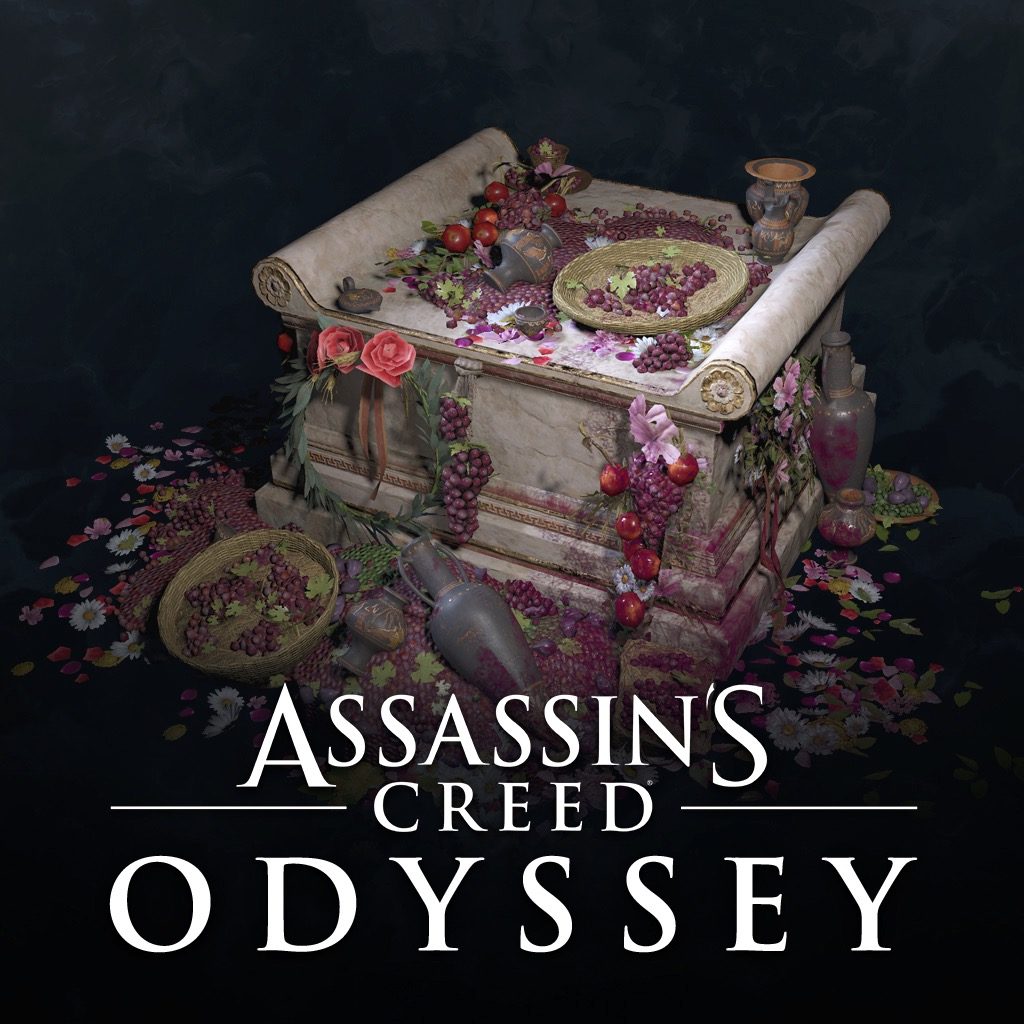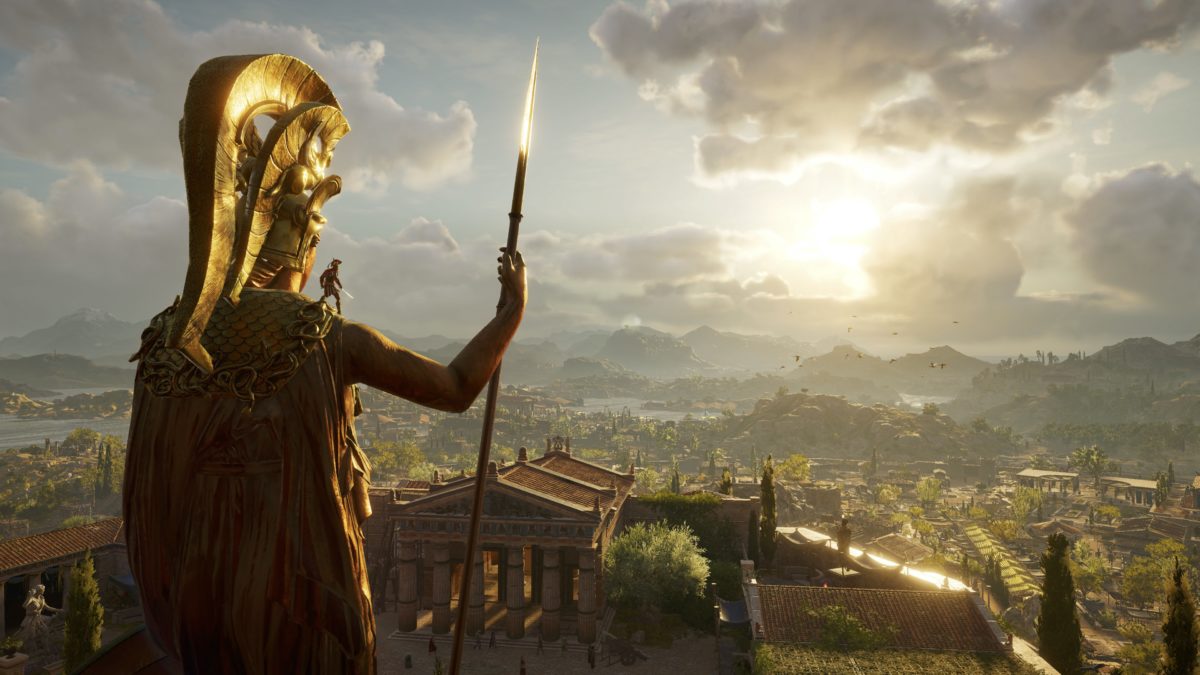In recent years, different types of video games have created new opportunities to explore and learn about history. With technology improving at a formidable rate, pushing the fidelity and possibilities to uncharted territories, it raises even more questions about the value of historical references, research, and re-enactment in games as a tool to teach history.
The transposition of historical reference remains an important factor when it comes down to the educational aspects attributed to video games. Offering an unparalleled and unique means of immersion, games inspired or based on historical elements, can provide a better understanding of geographical and social frameworks of a given moment in history or a long-lost historical location. Some can plunge players into virtual historical tourism and allow them to see monuments, cities, sites, social interactions, and behaviors. Others can prompt discussions around historical concepts and assumptions. When supported by historical documentation and research, historicity and re-enactment in games can be powerful conducts of an immersive experience that allows players to dig deeper in certain concepts of history and civilization. When done properly, it allows them to live it in a more holistic way than other mediums or educational tools can offer.
Assassin’s Creed Odyssey
For Assassin’s Creed Odyssey (2018), the goal set by the team was to offer a world where the gaming experience is grounded in history. Simply put, they wanted to bring ancient Greece back to life. This required several years of historical research and rounding up all the scientific works of the various archaeological schools, combined with museum databases, antique authors, results of experimental archeology projects, articles, and scientific books, as well as multiple inscriptions, to constitute our documentary sources. They supported the interest in realism and historical credibility developed at the heart of the game and helped guide the different historical facets that are reflected both in Assassin’s Creed Odyssey and its Discovery Tour.

This historical research helped recreate over 50 sites and approximately 4,000 objects of daily life. They also inspired over 400 quests and framed the animation of over 1,000 situational behaviours found across the game to depict with authenticity the daily activities of the inhabitants of ancient Greece. In addition to a compelling narrative framed around some of the historical facts and events of the Peloponnesian War, the game pushed players to engage and connect with the ideas of the time, showcasing some interactive historical figures to further the engagement with history. Through the various political, cultural, economic, technological, architectural, artistic, and religious episodes that have been reconstructed in the game, and then, exposed in the Discovery Tour, players can understand, imagine, and learn from their open world journey.
However, the world of Assassin’s Creed Odyssey serves more than just the purpose of historical artistic recreation. It is also meant to be played and interacted with, which introduces into the equation numerous technical constraints and game design specific conventions. Basically, sometimes the real world needs to be adapted to allow the game systems and mechanics to function correctly. Object sizes and placement, street width, monuments, and terrain, to name a few, had to be adapted and standardized to obey strict game metrics. Along those lines, some codes are important from a gameplay perspective, such as the consistency of color code for callouts, feature uniformity for system management, material stylization and prop grouping for game console memory constraints, or even, the minimal space between columns of a temple for combat and A.I. behaviors reasons.
Discovery Tour
On the other hand, the Discovery Tour was created to explore more explicitly the historical knowledge implemented in the game with players attention focused on details and explanations of the historical elements in game. It guides the player through some of the history, civilization, art, and architecture notions related to ancient Greece and highlights some of the historical research and recreations that have been done in the game. Together, Assassin’s Creed Odyssey and its Discovery Tour create an immersion in the past to generate an experience unlike what historical discourse can offer, and maybe more closer to what Piso reasoned in one of Cicero’s speeches:
“I cannot tell whether it is a natural instinct or a mere delusion, but the emotion is stronger at the sight of places which tradition records as having been the favorite resort of men of importance in the past, than when we hear of their deeds or read their writings”.
The game, as well as the Discovery Tour, allows the player to explore a variety of activities associated with historical themes, while being specifically linked to emblematic cities and places: from the production of murex dye in Kythera to the production of wine in Thasos, from the shipbuilding in Patrai which served as a naval base during the Peloponnesian War to the exploitation of marble in Naxos, which have been used in the game for parkour, but are just as much associated with the reproduction of the historical reality. In this sense, players can grasp many details and historical characteristics of Ancient Greek civilization. They can learn about the process of making perfume, which was produced from olives pressed to obtain oil that was then heated with aromatics to be perfumed, but also about the education of the Spartans and some aspects of their social and political life, as well as discovering some of the urban characteristics of the cities and sanctuaries, such as Delphi, Olympia, and Athens, or how offerings and sacrifices were made.
Immersing Players in History
Of course, the historicity of the re-enactment in the game is an important composition in the educational experience. Providing a game environment developed in conjunction with information supported by historical research allows a richer and a more authentic sense of immersion for the player. This enhances the gaming experience and has a greater impact. It can foster critical thinking about a historical period and can open up discussion about the proposed re-enactment by examining the events, environments, characters, and ways of life shaped by that world. Finally, it also allows a greater popularization and diffusion of historical knowledge and offers new and inventive modes of historical representation that can contribute to scientific historiography.
In this way, the game can offer a historical insight and a form of experience that historical writing sometimes cannot engage. The player can become an active participant at the center of a period of history. But more importantly, this unique immersion and connection with history can also trigger various questions and stimulate interest or understanding of a historical period and context. It increases the player’s potential to become interested in history and its components over the course of playful exploration.
Stéphanie-Anne Ruatta is a Historian with Ubisoft Quebec. She has been working for the Ubisoft Québec studio now for many years, and, as a doctor in Classics, led the historic research aspects on Assassin’s Creed Odyssey, Discovery Tour: Ancient Greece and Immortals Fenyx Rising. She also has a strong background in historical tourism and presented a lot of her work to the public and media. Her expertise has since been attached to the procedures by which game developers establish an immersive historical experience by using historical research to enhance the authenticity of game world.

0 replies on “Immersive learning: History in Assassin’s Creed Odyssey”
You’re on to something important here, in that immersive learning is emerging now as an application of new media technologies; most of which was considered fantasy even ten years ago. We’re witnessing something amazing happening. And I’m excited to be observing the changes firsthand myself. Thank you for putting this post together.